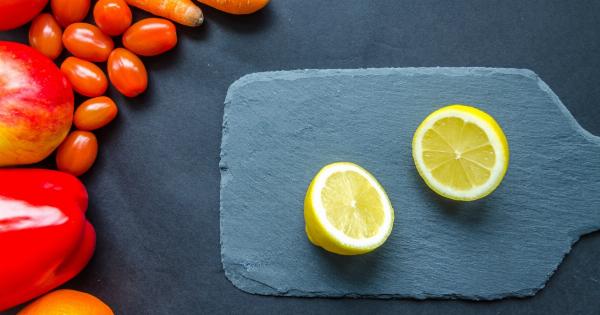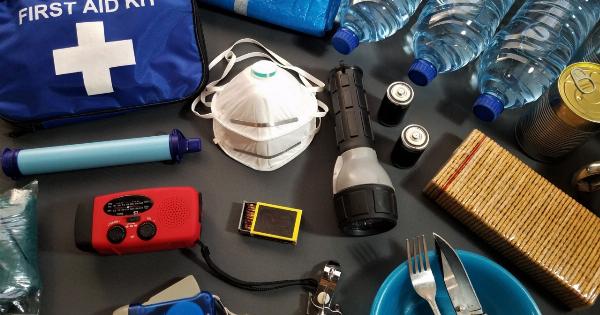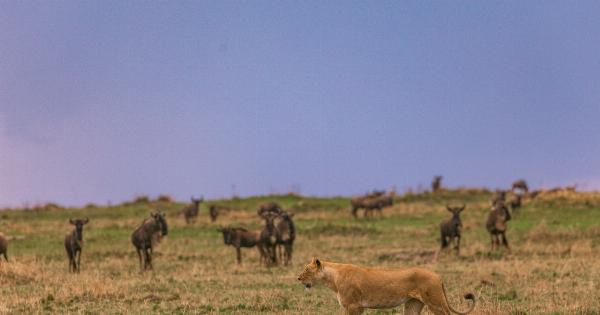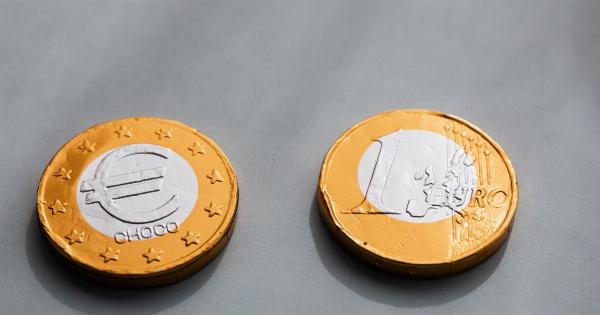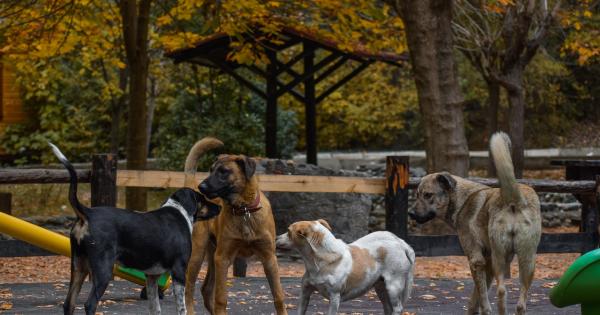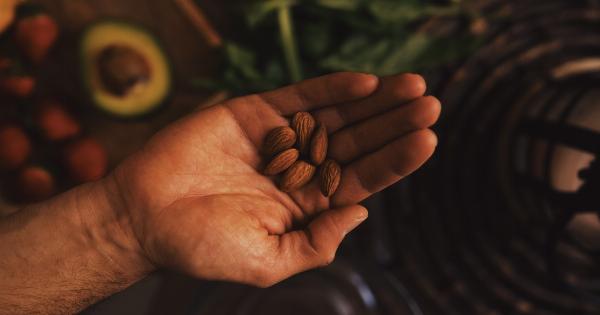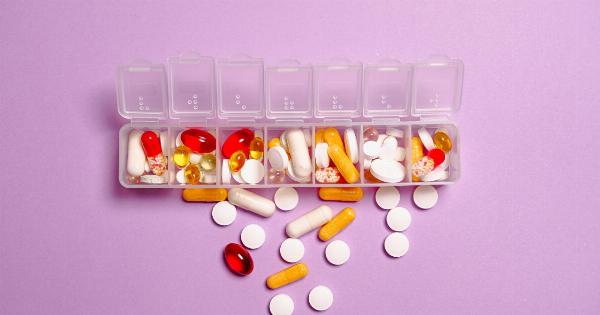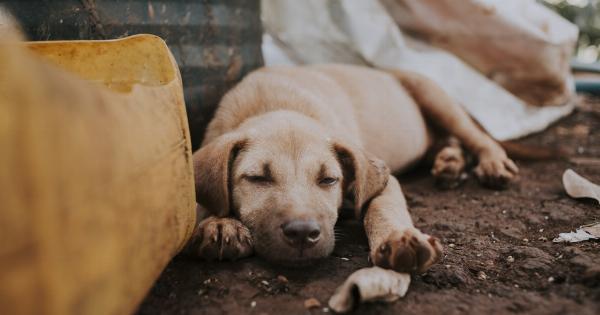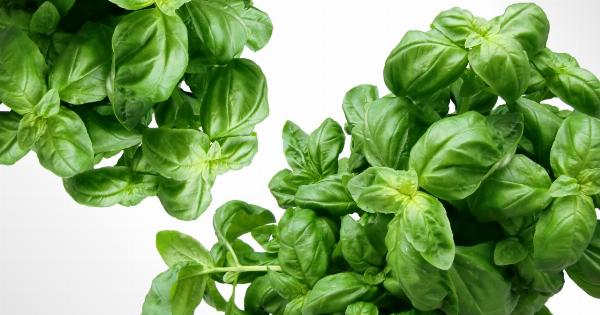In a major breakthrough, the United States has become the first country to grant approval for lab-grown chicken to be consumed by humans.
This momentous decision comes after years of scientific research and rigorous testing, opening up tremendous possibilities for the future of food production and sustainability. The green light for lab-grown chicken marks a significant milestone in the development of alternative protein sources, addressing concerns about animal welfare, environmental impact, and global food security.
The Rise of Lab-Grown Meat
Lab-grown meat, also known as cultured meat or cell-based meat, is a groundbreaking innovation that allows meat to be produced outside the traditional agricultural process.
It involves utilizing animal cells to cultivate meat in a laboratory setting, without the need for raising and slaughtering animals. This revolutionary technology has gained considerable attention in recent years as a potential solution to the challenges posed by conventional livestock farming.
The Science Behind Lab-Grown Chicken
Lab-grown chicken is produced through a complex process that starts with obtaining a sample of animal cells, typically from a live chicken.
These cells, such as muscle or stem cells, are then carefully isolated and placed in a culture medium that mimics the necessary conditions for cell growth. The cells are nourished and encouraged to multiply, forming muscle tissue that gradually develops into edible chicken meat.
Benefits of Lab-Grown Chicken
The approval of lab-grown chicken for human consumption comes with several notable advantages:.
1. Animal Welfare
Lab-grown chicken eliminates the need for raising and slaughtering animals, thus significantly improving animal welfare.
The traditional methods of intensive animal farming often lead to overcrowded and inhumane conditions for livestock, resulting in substantial suffering.
2. Environmental Impact
Traditional livestock farming is a major contributor to deforestation, greenhouse gas emissions, and water pollution. Lab-grown chicken has a significantly lower environmental footprint, requiring less land, water, and energy resources.
It is a more sustainable alternative that reduces the strain on ecosystems and mitigates climate change.
3. Food Security
As the global population continues to grow, ensuring an adequate supply of nutritious food becomes a critical challenge. Lab-grown chicken offers a solution by providing a more efficient and reliable means of meat production.
Its scalability and potential for mass production hold promise in alleviating food insecurity worldwide.
Challenges and Regulations
While the approval of lab-grown chicken is a significant step forward, there are still challenges to address before it can become widely available:.
1. Cost
At present, lab-grown chicken production remains expensive compared to conventionally farmed meat. However, as the technology advances and economies of scale come into play, the cost is expected to decrease.
This reduction in price will be crucial for market accessibility and broader consumer acceptance.
2. Public Perception
Introducing a novel food source like lab-grown chicken requires public acceptance. Consumer attitudes towards lab-grown meat may vary, with some expressing concerns over the “unnatural” nature of the product.
Extensive education and transparent communication about the safety, nutritional value, and sustainability benefits of lab-grown chicken will be necessary to overcome initial skepticism.
3. Regulatory Framework
The approval of lab-grown chicken in the United States showcases the need for robust regulatory frameworks in governing the production, labeling, and safety aspects of these novel food products.
International collaboration and harmonization of standards will be crucial to address potential discrepancies and ensure global acceptance and trade.
The Future of Food Production
The approval of lab-grown chicken marks a significant milestone in the development of alternative protein sources.
This breakthrough paves the way for further advancements in lab-grown meat technology, leading to the production of a wider variety of meats and potentially even reducing the reliance on animal farming altogether. The potential impact extends beyond chicken to include lab-grown beef, pork, and seafood, revolutionizing the food industry and creating a more sustainable future.
Conclusion
The granting of approval for lab-grown chicken consumption in the United States is a historic moment for the food industry.
With its numerous benefits in animal welfare, environmental sustainability, and food security, lab-grown chicken holds immense promise for transforming our current models of meat production. As technology advances and regulatory frameworks evolve, lab-grown meat has the potential to reshape the way we produce and consume food, creating a more sustainable and ethical future.



